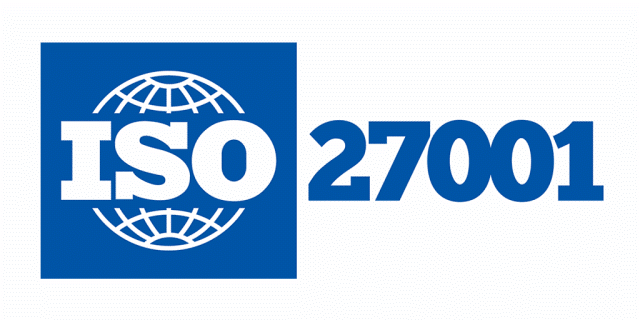Among all the cutting edge technology available on the market, it’s cloud computing that will give you a massive edge on your competitors at affordable rates. We’ve recently covered how cloud technology improves office productivity. It promotes better collaboration, for example, and it’s much easier to scale.
Our research has also shown that at least 67% of enterprise infrastructure will be completely cloud-based by the end of 2020. In fact, you’re probably already part of the demographic who have already migrated, even if it’s only partially.
However, migration doesn’t just work for on-premise data to the cloud. It also works between two cloud platforms, we call it cloud to cloud migration (C2C).

Illustration of Cloud to Cloud Migration
Why do I need to migrate to another cloud platform?
There are many cloud platforms out there, and the one you’re using today may no longer apply to your current goals.
In manufacturing, designers utilize cloud tools like Google Drive to share files via templates. This allows editors to customize and verify blueprints without needing to open another system. If the design team decides to move to another platform, they’re looking at a cloud-to-cloud migration. Meanwhile, retailers are avid users of cloud tools to facilitate external communication with their customers. Those who are coming in from specialized CRM platforms like Salesforce could be considering a shift to Microsoft Teams for the extra features as well.
Business startups that are looking to scale may also be looking at a cloud-to-cloud migration. For example, if you started your operations with Slack and are ready to expand to an enterprise solution, then a shift to Microsoft Teams will grant you features that can help you achieve this agenda. A cloud-to-cloud migration is a way to get all of your data safely transferred to your new platform.
The challenges of cloud to cloud migration
Much like a normal cloud data migration, a cloud to cloud migration platform also has its set of challenges. Some of the major ones are additional costs, risky downtime, and the period of adjustment after.
The first one applies even more if you’re in a hurry. The faster you want the migration to go, the better your connecting software has to be. Therefore, people who want instant transfers should be willing to pay more for the technology involved. Of course, you don’t want it to be too slow, lest you risk your applications going offline for a significant duration.
Finally, there’s the adjustment period. While certain applications like Slack and Microsoft Teams have a similar interface, several cloud platforms don’t. After the migration, the training and adjustment period might take a while, but it’s definitely worth it for the improved features. In fact, after the initial worries, your business will be better off on your new and improved cloud platform since it’ll be tailored to your current needs.
How Cloudiway can help
Cloudiway’s suite of migration tools is built on Azure’s framework, allowing us to facilitate large-scale migrations to Microsoft Office 365 and Google Suite in a secure, efficient, and stable manner.
Our intuitive platform will let you facilitate the entire process yourself. We recommend opting for at least one hour of consulting services. Our expert will check your project to be sure everything is well set up before starting. This way, you can pace the migration process however and whenever you like, lessening the chances of needing downtime between work hours.
If you think that your current cloud solutions are no longer working, then it might be time to make another shift. Fortunately, cloud-to-cloud migration is a lot less complicated and faster than an on-premise shift, as the data is already in the cloud. You just need to find the right platform that can help.
Image Credit: NEC Corporation of America under Creative Common License
Post exclusively written for cloudiway.com
By Billa Jonas


